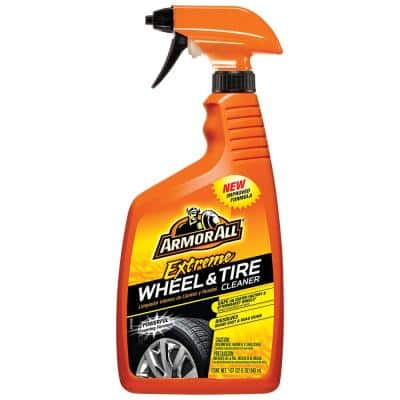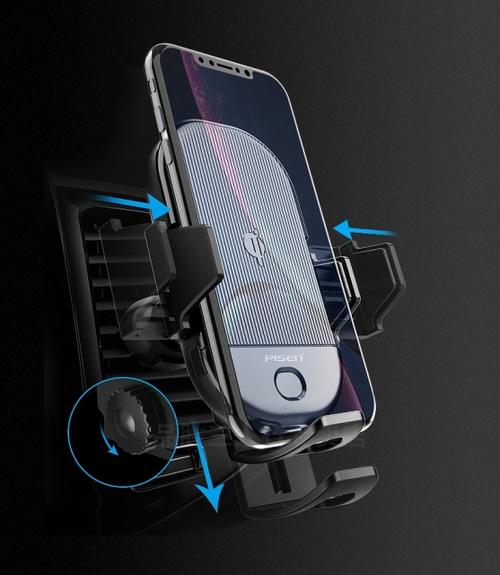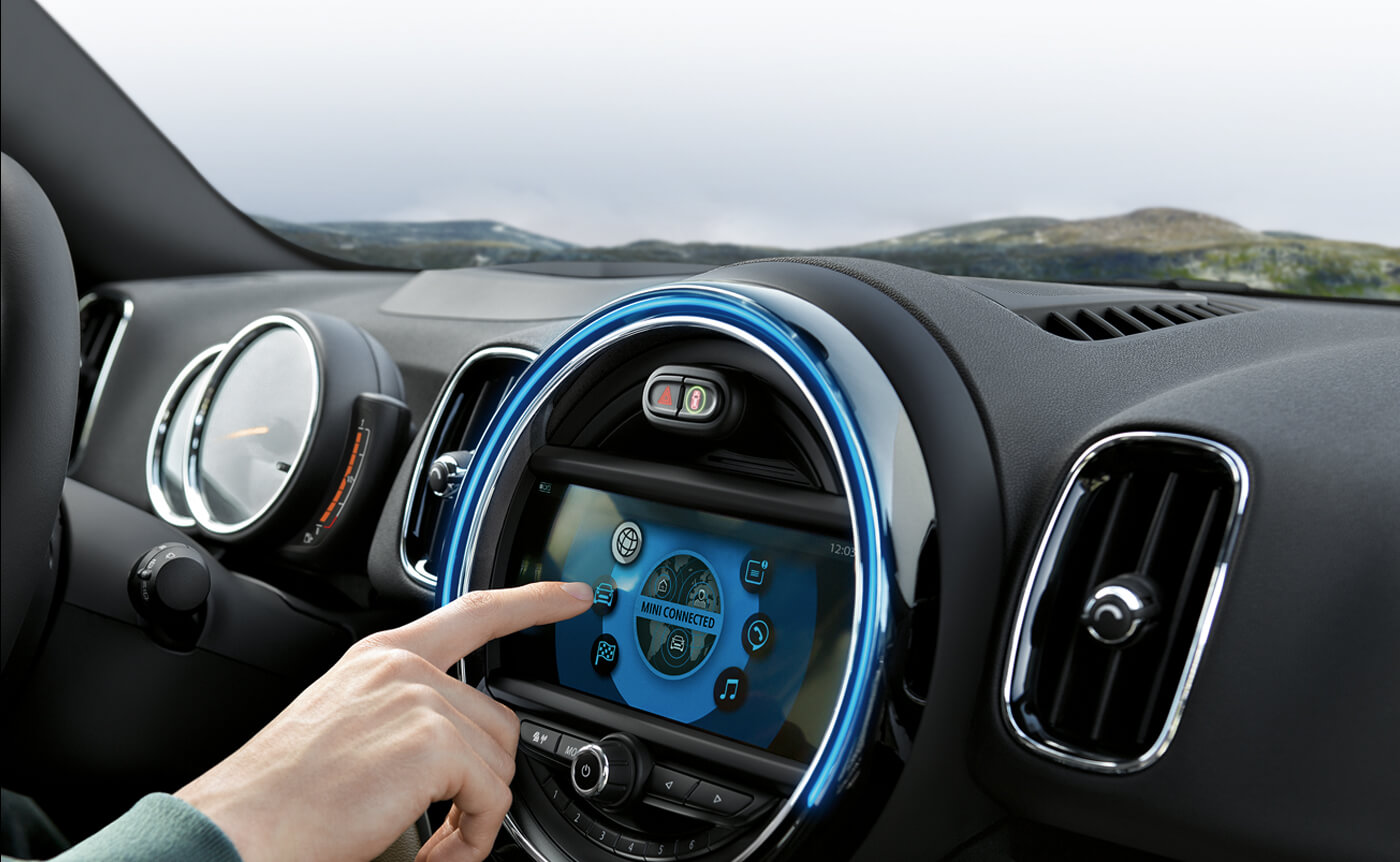
A self-balancing unicycle is a personal transporter that can be self-balancing. You steer it by leaning forward or rearward. It is powered using electric motors and uses the help of gyroscopes. This article will examine the most popular models currently on the market. Find out why they are so popular, and how you can own one. In this article, we'll explore the MTen3 by Gotway, the InMotion V10F, and the CXM Electric Unicycle.
Gotway MTen3
The MTen3 selfbalancing tricycle is a powerful, portable electric vehicle. It has three battery capacity options. The bigger batteries provide greater range of up to 30 miles. Although smaller batteries have a greater range (25 miles at 25 mph), they are not suitable for use on rough terrain. The MTen3 may be the right choice for you if you're just starting out in electric unicycles. Its 800-watt motor will help you get around, and it's surprisingly quiet.

InMotion v10F
INMOTION V10F, an electric self-balancing unicycle, has an ergonomic design with industry-leading strength. This model is designed to provide safety and high performance. The new model has improved human-vehicle interaction, a longer range and a higher maximum speed. This self-balancing unicycle offers a convenient way to travel around the city or to simply relax.
CXM Electric Unicycle
The CXM Electric Unicycle self balances on one wheel and has a 2000-watt motor. It can reach speeds up to 12mph (20 Kmph) and can easily be charged using a fast charger. The battery lasts for about 70 to 100 miles, depending on the settings. The battery is small and lightweight, but powerful enough for the rider to get across the street or through a parking garage.
Solowheel Glide 3 By InMotion
Solowheel Glide 3 is an affordable self-balancing bicycle that's easy to handle. This electric unicycle will make heads turn as you cruise down the streets. The unicycle's innovative design and stylish appearance make it an enjoyable machine to ride.

Gotway Nikola
The Gotway Nikola is a new electric self balance unicycle, which gets its name from its high-density LED ring that surrounds the wheel. It has excellent stability without sacrificing control or maneuverability. The Nikola comes with a Bluetooth speaker and an integrated Voltmeter. It is one of very few electric unicycles to have a builtin speaker. The Nikola is the perfect choice for a casual ride or a short commute.
FAQ
Is it possible to work as an automotive mechanic?
Yes, it can be very easy. Garages often advertise their jobs online and people just apply because it seems fun. Applying for several positions and seeing if they accept student applications is a good way to get your foot into the door. Another option is to ask family members and friends if anyone works in this industry. You might be able to refer someone.
How do I prepare for a mechanic apprenticeship?
It is important that you understand the ramifications of your actions. It is important to know the basics of how cars work. This way, you know where to start when you go on your first day at the garage.
Also, you need to know how fix simple problems, such as tires and lights that aren't working.
This will teach you how to diagnose problems and fix them yourself.
To put the pieces back together, you will also need to understand how they fit together.
Finally, you should be able use tools safely.
All of these factors will allow you to become a skilled mechanic.
Are you looking for a career as an automotive mechanic?
The automotive industry is full of exciting opportunities for those who are dedicated to excellence. The best way to succeed in this field is by working hard and learning as much as possible from others.
Your job will require you to be a good communicator as you'll be talking to customers and other employees. You should also be willing to travel and work long hours, making commuting difficult.
If you're interested in pursuing a career in automotive, consider taking classes at community colleges and universities. Many schools offer programs designed specifically for students interested auto repair, sales, and customer services.
Mechanical engineering should be your first choice for a degree. It's possible to get a bachelor's degree in just four years.
Many employers will hire graduates straight out from school. You should start looking for employment as soon as you are able to continue your studies part-time.
After you have completed your education, you will likely need some training to be able to work as an automotive technician.
This means that you will need to pass tests such as the Automotive Excellence (ASE) certification exam. This test covers topics like engine maintenance, brakes system, suspension, and many other subjects.
After passing the ASE test you can apply for a National Institute for Automotive Service Excellence (NIASE) license.
You can perform repairs on private cars by obtaining a license. In exchange, you'll receive compensation based on the number of services performed.
It's important to note that not all states require licensing. However, if you plan to work outside your home state, you'll need to obtain a license.
Some states don't issue licenses until after completing a certain amount of training. If this is you, you may need another option.
Statistics
- There were 749,900 jobs available for automotive service technicians and mechanics in 2016, which is expected to grow by six percent through 2026. (jobhero.com)
- According to the BLS, the median annual salary for automotive service technicians and mechanics in the United States was $44,050 in May 2020. (uti.edu)
- Apprentice mechanics earn significantly less hourly than mechanics who have completed training, with a median wage of approximately $14.50 an hour, according to PayScale. (jobhero.com)
External Links
How To
How to correctly diagnose your vehicle for repairs
To determine if your car needs repairs, you should first look at the symptoms that your car presents. You can then follow these steps for a proper diagnosis of your vehicle.
-
Check engine lights. Make sure to check all dashboard indicators like the engine light indicator (oil pressure gauge), the battery indicator (battery light indicator), and the RPM indicator (rpm gauge). You may have a problem with your vehicle if any of the indicators are flashing for more than a few days.
-
Inspect the tire treads. Tire wear can lead to problems in handling and brake performance. You should inspect the treads on your wheel. You should ensure that they are clean and smooth. You can do this by taking off the wheels. To check the condition of your treads, use a flashlight.
-
You should always monitor the level brake fluid. You must keep track on the level of brake fluid in your vehicle. You can ensure that your brakes are working properly by monitoring the level of brake fluid in your vehicle. Low brake fluid levels could cause your brakes to fail when you apply pressure.
-
Check the suspension system. Most vehicles have a suspension system that absorbs shocks and vibrations. This suspension system provides greater control and smoother acceleration and deceleration. Your vehicle might feel wobbly, or shake uncontrollably if it has a bad suspension. You can test if your vehicle has a suspension problem by putting weight on either the front or back axle to see how it moves.
-
Examine the steering column. Steering columns connect the steering wheels to other parts of the vehicle. Many accidents can cause damage to steering columns. You should replace the steering column if it is loose or weak.
-
Observe the exhaust pipe. The exhaust pipes are responsible for moving gases from the combustion chamber into the atmosphere. You can let harmful fumes into your home if your exhaust pipes crack or leak. Also, if your tailpipe is bent, you should fix it immediately.
-
Check under the hood. If you see anything unusual, take a look under the hood. There could be fluid leaking from your engine. Also, professional technicians should be called if you detect an unusual smell coming out of your engine compartment.
-
Check the air filter. The vehicle's outside environment may cause the air filter to collect dust and debris. A dirty filter can lead to a poor vehicle's performance. Replace your air filter regularly.
-
Check the fan belt. Your vehicle's fanbel is what connects the engine and the transmission. If it breaks, the engine won't turn over. It's easy to replace the belt. All you need to replace the belt is a screwdriver with pliers.
-
The radiator hose and hoses should be checked. The radiator hose transports water from radiator to engine. If it becomes cracked or damaged, it can leak hot liquid onto the engine. The hose can be repaired with a pair or needle-nosepliers, and a wire brush.
-
Check the windshield wipers. Windshield wipers use electricity to wipe away rain and snow. If they stop working, they could leave streaks on your window glass. The solution is to change the washer fluid.
-
Verify the condition of your battery cables. The battery cables provide power for the electrical systems in your car. If you are replacing batteries, disconnect the negative cord first. Failure to do so can damage your alternator.
-
Check the headlights. Headlights help you see the road ahead. They can make it difficult to see if they stop working. Inspect the bulbs for signs of burnt out.
-
Pay attention to the lights. When you approach them at night, the lights warn other drivers. If one doesn't work, it could distract you and lead to an accident.
-
You should inspect your brakes. Brakes slow down your vehicle before a collision. If your brakes aren't working properly, you may lose control and crash into other cars.
-
Change the oil. Your engine will stay lubricated by the oil. It protects metal parts and prevents them from wearing too quickly. Changing the oil every month is recommended.